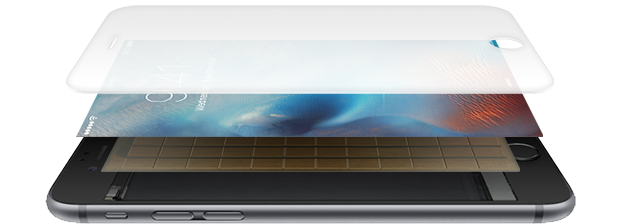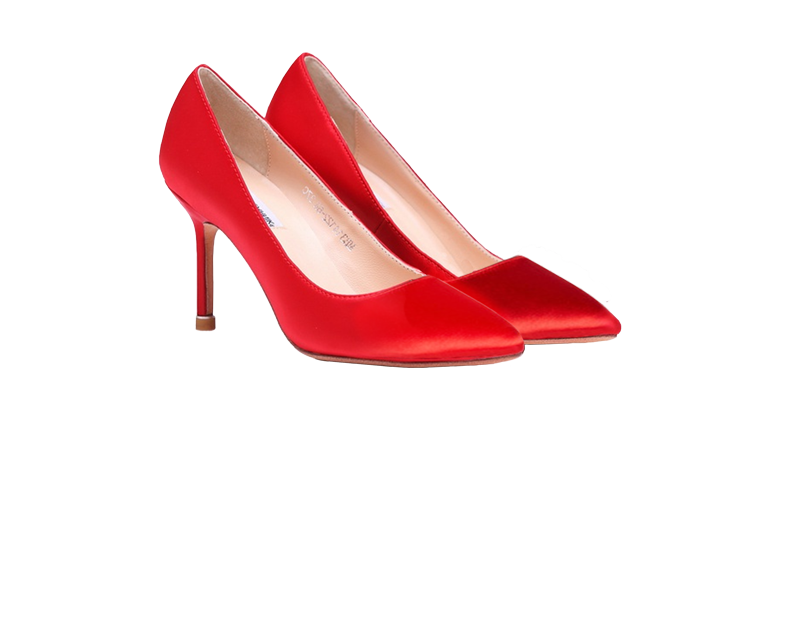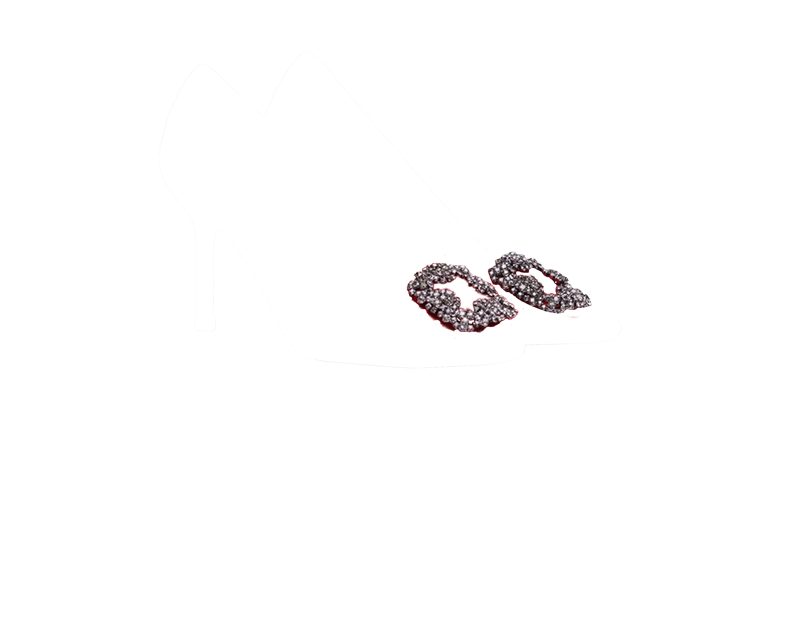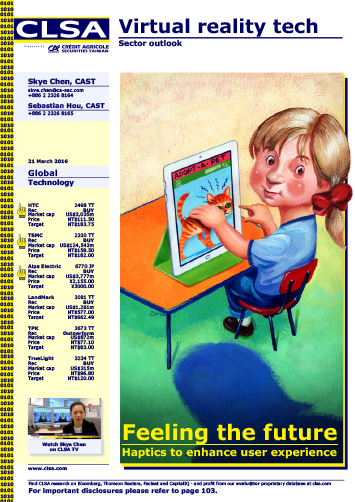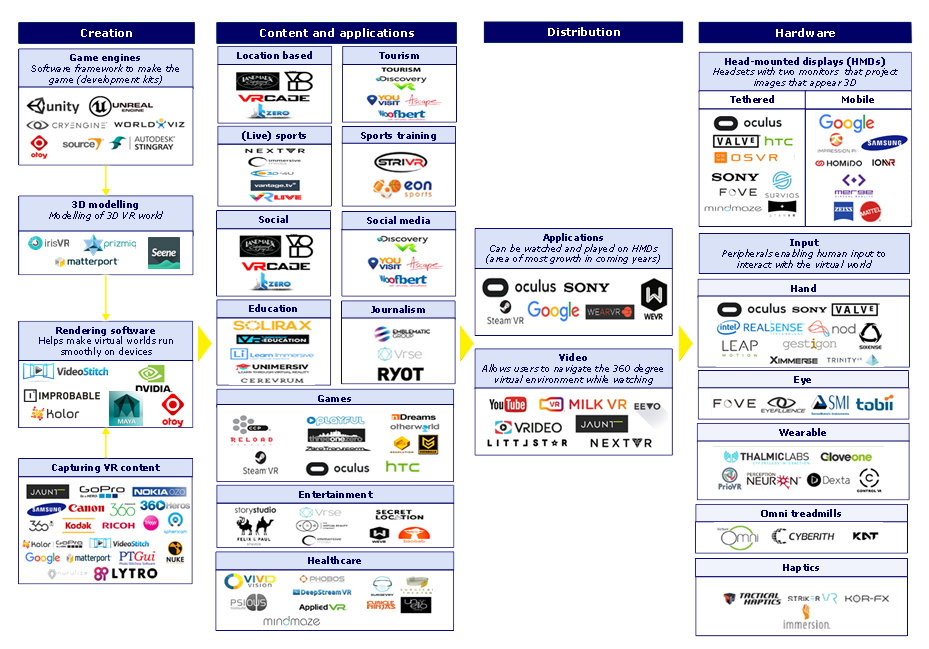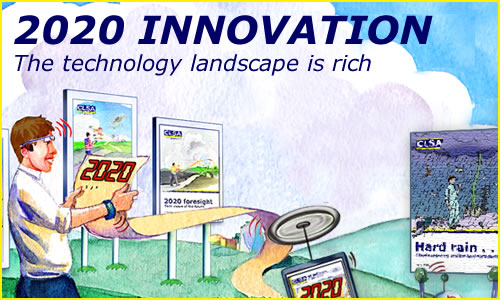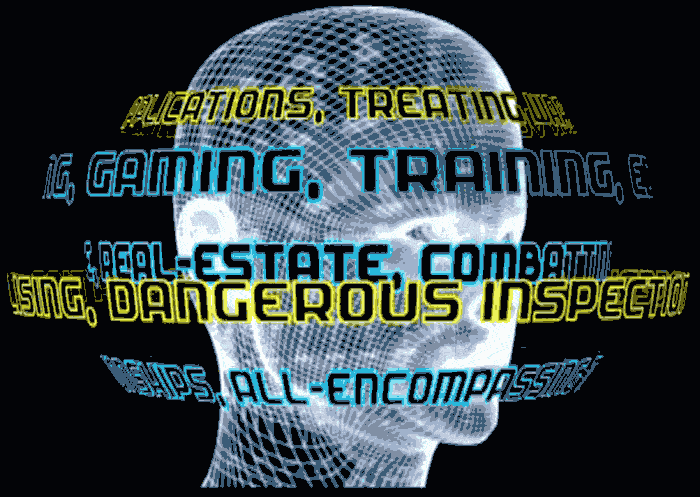
Unlimited applications
Even more exciting down the road is the potential for augmented reality (AR) technologies that blend physical and virtual worlds. Investors are already staking their claims: Microsoft has its Hololens and startup Magic Leap has already raised US$1.4bn in venture capital.
A generation of children may never use a keyboard and mouse, though they’ll have visited the Louvre with da Vinci. Medical students will experience intense, surgical training without the need for cadavers.
Looking for an apartment? Put on your headset and check out 10 of them, all in different areas, during your lunch break. In time, no stone will be left unturned.

